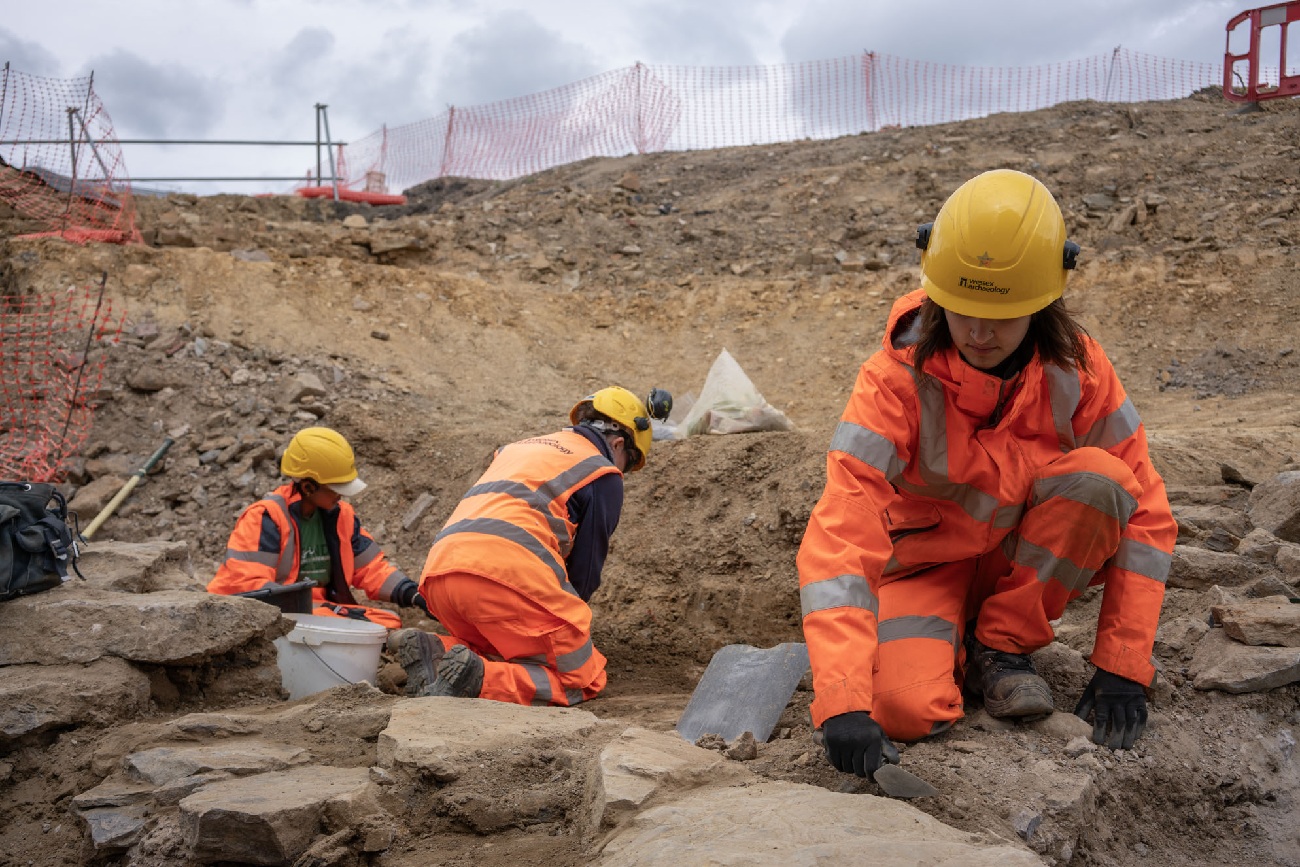Archaeologists excavating the former site of Sheffield Castle site have confirmed that an artificial mound within the castle interior is a motte dating back to the earliest phase of the castle’s construction.
After the Norman conquest of England in 1066, an insurrection by the local populace led to the Harrying of the North by William the Conqueror. To subjugate the region, a motte and bailey castle was constructed at the confluence of the River Sheaf and the River Don in present-day Sheffield.
A Norman introduction, motte and bailey castles are typically made up of the motte (a type of mound topped with a wooden or stone keep, and at least one bailey (a fortified enclosure built next to the motte).
Archaeologists from Wessex Archaeology have been excavating the site since 2024, revealing the first surviving examples of stake defensives from the English Civil War and evidence of Sheffield’s industrial past.
The latest study has revealed that a small mound within the site’s interior is the surviving remnant of the motte first mentioned in historical records from the 11th to 12th centuries.
The identification was thanks to a small patch of burnt ground. “With help from Museum of London Archaeology and the University of Bradford, we were able to pursue a method of analysis called ‘archaeomagnetic dating’ which uses shifts in the Earth’s magnetic field, locked into materials when they were last heated, to estimate the age of archaeological features. This returned a date of AD 896 – 1173,” said Wessex Archaeology.
According to the archaeologists, the discovery is physical evidence of the site’s first castle, and therefore the founding of Sheffield which would emerge as a significant settlement.
Header Image Credit : Wessex Archaeology
Sources : Wessex Archaeology







